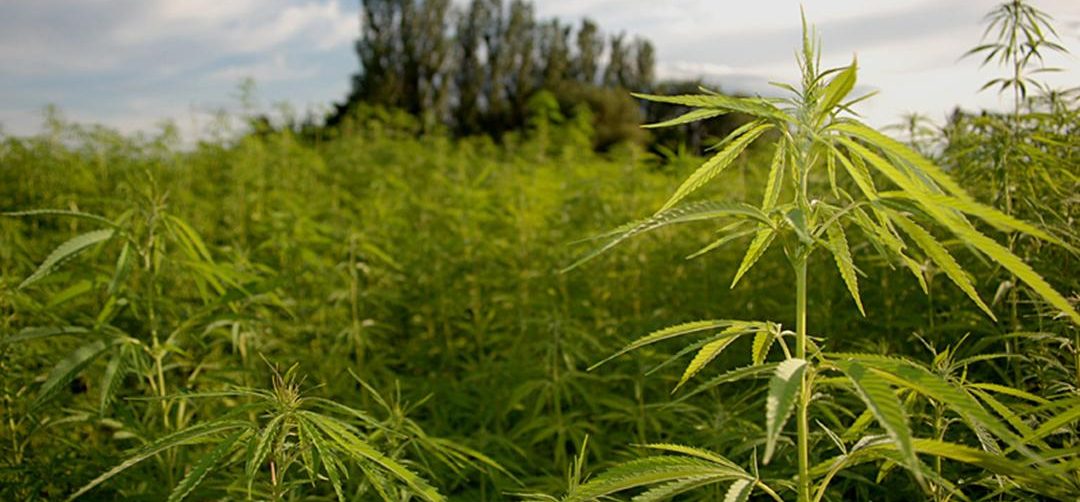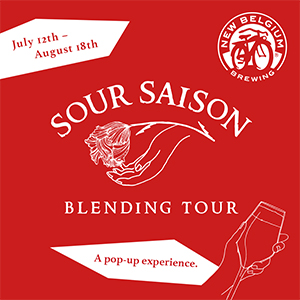Source: marketwatch.com
Maze of laws involving pot and alcohol isn’t stopping big deals between cannabis and booze companies

MarketWatch photo illustration/iStockphoto
Beer makers are looking to put weed into brews, but it isn’t that easy.
Would you drink marijuana-infused beer? Beer companies think so, but they are going to have to navigate a hazy path of rules and regulations to find out.
Two Roots Brewing Co. has spent millions of dollars clearing that path, and shows just how convoluted it can be. To get its weed beer to the masses, the San Diego, Calif., startup had to engineer a new way for marijuana to enter a drinker’s blood stream, remove the alcohol from the beer altogether, and develop a multi-state production system that only infuses the pot into the drink when it has reached the state where it is sold. All of those efforts have led to sales in just California and Nevada, though at least residents of those two states now have nonalcoholic beer that can get them high.
As giants of the alcohol industry buy into the concept of potent pot potables, they will have to confront the same issues: A confusing maze of laws dealing with pot and beer, even in states such as Colorado that have allowed adult recreational marijuana usage for several years, as well as simple human biology.
Giants in the beverage industry such as Molson Coors Brewing Co. TAP, -0.03% and Constellation Brands Inc. STZ, +1.11% are making bold bets on weed beer as beer sales continue to drop across the U.S., and more are expected to jump on the bandwagon, even though the concept of weed beer has not yet proved to be popular. Beverage sales of $1.8 million accounted for just 0.7% of marijuana sold in June in California — the largest single market in North America — while the vast majority of pot sales, $175.7 million, was for products meant to smoke or vape, according to data from BDS Analytics, a business intelligence firm focused on cannabis.
“Right now, drinkables make up a very small portion of the cannabis market,” said Troy Dayton, chief executive of Arcview, which conducts research into cannabis markets and connects investors to early-stage companies. “Many big companies are looking at the intersection between functional beverages [infused with cannabis] and beer. Those are coming together to create a big hotspot.”
That hotspot is fraught with regulatory issues, however. Alcohol rules can vary from state to state and have caused headaches for the alcohol industry even before introducing marijuana into the mix. Cannabis consumption is legal in only a few U.S. states, though a large potential market will open when legalization takes hold throughout Canada in October.
Beyond just the complex and changing legal landscape, there are issues with consumer knowledge of the differences between drinking a beer and a drink laced with cannabis extracts. Canopy Growth Corp. CGC, +1.65% Chief Executive Bruce Linton, who sold a $4 billion stake in the Canadian cannabis business to Corona beer-maker Constellation last week, told MarketWatch that beverage sales will remain a fraction of the overall market because the doses are too strong and the effects are wildly variable.
“The common problem with the current format of beverages is that you drink too much of it and you’re too crushed,” Linton said. “Rather than being a seven- to 12-minute onset period, it’s ‘who knows,’ and if you eat a cheeseburger too, it may be less time — it can be 20 to 50 minutes. So there’s a very weak feedback loop.”


Here's how to invest in cannabis through ETFs

Two Roots, which is owned by Lighthouse Strategies LLC, says it has tackled that issue. Though the company wouldn’t go into much detail about the precise nature of its weed-infusion process, CEO Michael Hayford said the company’s beer products have a five- to 10-minute onset time and the effects dissipate after about 90 minutes.
“If you can bypass the liver then you can get rapid onset, but also rapid dissipation because it’s not going through your metabolism. And that’s what we’ve done,” he said.
One method Two Roots may be employing to achieve its effects is through nano-emulsion, said NanoGen Labs founder Harold Han, who has a PhD in emulsion chemistry and has been working in the field for more than a decade. Han said that by making the cannabis oil containing the main psychoactive component — Tetrahydrocannabinol, commonly referred to as THC — small enough, it would be possible to achieve the effects Hayford talked about.
“The technology exists to do so now, but you would have to customize it for large production,” he said.
Other breweries are experimenting with cannabis-derived products in different ways. Portland, Ore.-based Coalition Brewing makes a West Coast-style India Pale Ale infused with cannabidiol, or CBD, a non-psychoactive substance found in hemp and cannabis plants. Co-founder Elan Walsky said the company makes the product because it wants to demonstrate how similar IPAs and cannabis products can be in flavor, and also to point out the similarities between the craft beer industry in its early days and where craft cannabis products are now.
“The industries, here in Oregon at least, share a lot of the same hallmarks,” Walsky said in a telephone interview. “[Cannabis] is experiencing some really meteoric growth and a lot of the values are closely aligned as well. The purpose of the beer is to showcase these natural synergies, not to create a chimera of intoxicants.”
Coalition’s CBD brew contains alcohol, but THC-infused alcoholic beers are mostly outlawed even in states where marijuana is legal for recreational use, hence Two Roots’ nonalcoholic approach. Coalition’s CBD brew is under the purview of the federal Alcohol and Tobacco Tax and Trade Bureau, which permits and inspects alcohol production facilities and has shut down a San Francisco-based brewer for attempting a CBD beer similar to Coalition’s. But the TTB gave Coalition its blessing, suggesting there is room for others to follow in its footsteps.
Craft brewers such as Coalition have been desirable acquisition targets for beer titans like Anheuser-Busch InBev SA BUD, -0.04% as they have sought to essentially buy back market share that they had lost to micro-brewing operations. And they may be still — Constellation isn’t the only alcohol conglomerate moving into the cannabis market. Molson Coors said it is forming a joint venture with Canada-based The Hydropothecary Corp. HEXO, +5.09% to make nonalcoholic weed beverages for the Canadian market. Heineken NV HEIA, +0.42% bought San Francisco Bay Area-based Lagunitas brewery, which recently launched a weed-infused beverage that is not a beer. And last week a report surfaced that Smirnoff and Johnny Walker maker Diageo PLC DEO, +0.82% is in talks with at least three Canadian weed companies for an investment or collaboration in one, setting pot stocks like Tilray Inc.TLRY, +20.64% and Cronos Group Inc. CRON, +14.98% aflame.
Heineken, through its subsidiary, declined to make executives available for an interview in time for publication. Molson also declined to comment, citing the fact its joint venture was so new it didn’t yet have a CEO to speak for it. Diageo did not return a request for comment.
“The motivation is high for the alcohol companies because cannabis affects their business and they’re used to operating in highly regulated, controversial industries,” Arcview’s Dayton said. “It’s a big bet and I suspect that alcohol companies and everyone who is putting their money in, it’s not going to be all beverages, that would be too risky. Food companies are in many ways better-positioned.”
Two Roots’ Hayford said he doesn’t spend much time worrying about the billion-dollar bets that companies like Constellation are making in cannabis beverages. Even if the federal government were to legalize cannabis, which he suspects is several years out, states such as Washington and California have set up regulatory procedures that would make life for new entrants difficult, giving Hayford and Two Roots a lengthy head start.
Lighthouse Strategies currently boasts 11 subsidiaries involved in various aspects of the cannabis industry such as edibles and beverages, including Two Roots, and has raised $19 million. Hayford said the company, which is seeking fresh funding of $25 million to $50 million at a $250 million pre-money valuation, doesn’t break out revenue for specific units, but Lighthouse overall expects revenue of $28.6 million in 2018, and is projecting 2019 sales of $126.3 million. The company was profitable after its second year of operations, according to investor materials viewed by MarketWatch, and compares itself to Providence Brands, which makes specialty sporting goods, or Canada-based Canopy.
“We’ve been scoffed at by I don’t know how many companies, private equity or otherwise, that have said our outlook is off,” Hayford said. “But in two and a half years, the world has now done a 180. So what keeps me up at night is that we’ll be able to move quickly enough to maximize the position we’ve put ourselves in.”







